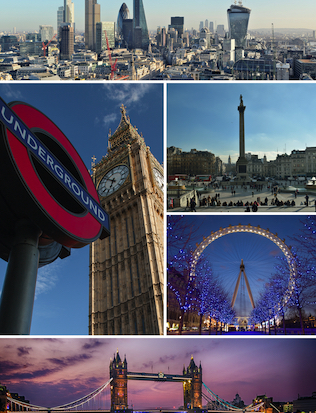There is a cabaret in Paris called Au Lapin Agile where they still sing the old French music hall songs, including Picasso’s favourite, “Les Temps de Cerises”. The House of the Agile Rabbit, as it might be translated, is a charmingly rickety, unpretentious establishment: an old worker’s cottage on a steeply sloping hill in Montmartre, surrounded by more recent, brutish concrete developments. It is a rare survivor from a vanished past, as too is its owner, the charming and mellifluous Yves Mathieu, who still sings to small but devoted audiences despite his advancing years (I have never dared to ask, but suspect that if he were English he might soon be expecting a letter from the Queen). Yves’s own links with the past are disconcertingly direct. He inherited Au Lapin Agile from his stepfather, who himself purchased it way back in 1922, from Aristide Bruant, one of the stars immortalised by Toulouse-Lautrec in his music-hall posters of the fin-de-siècle.
At the start of the twentieth century the establishment was a favourite haunt of the many painters and sculptors who had by then colonised Montmartre. Yves shows me a reproduction of Picasso’s bittersweet Au Lapin Agile of 1905 (the original is now in the Metropolitan Museum of Art in New York), in which the artist appears as a brooding harlequin, turning away from his companion at the bar, his one-time lover Germaine Pichot. The picture’s sour mood is hardly surprising: Picasso’s great friend Carlos Casagemas had been driven to suicide by his own unrequited love for the selfsame Germaine. Picasso continued to visit Au Lapin Agile for many years afterwards, and eventually Yves would come to know him personally, along with others including Henri Matisse, Andre Derain and Maurice Vlaminck.
I asked Yves why so many artists should have...


